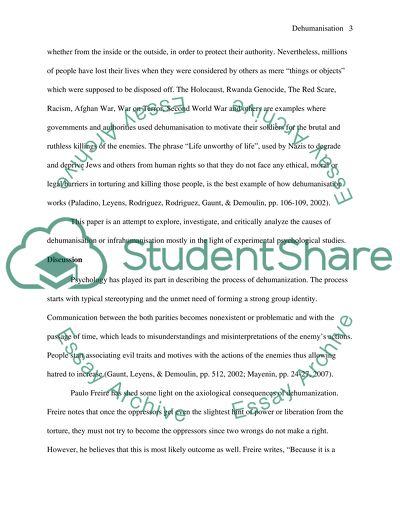Cite this document
(“Dehumanisation Essay Example | Topics and Well Written Essays - 2500 words”, n.d.)
Retrieved de https://studentshare.org/psychology/1390699-dehumanisation
Retrieved de https://studentshare.org/psychology/1390699-dehumanisation
(Dehumanisation Essay Example | Topics and Well Written Essays - 2500 Words)
https://studentshare.org/psychology/1390699-dehumanisation.
https://studentshare.org/psychology/1390699-dehumanisation.
“Dehumanisation Essay Example | Topics and Well Written Essays - 2500 Words”, n.d. https://studentshare.org/psychology/1390699-dehumanisation.


